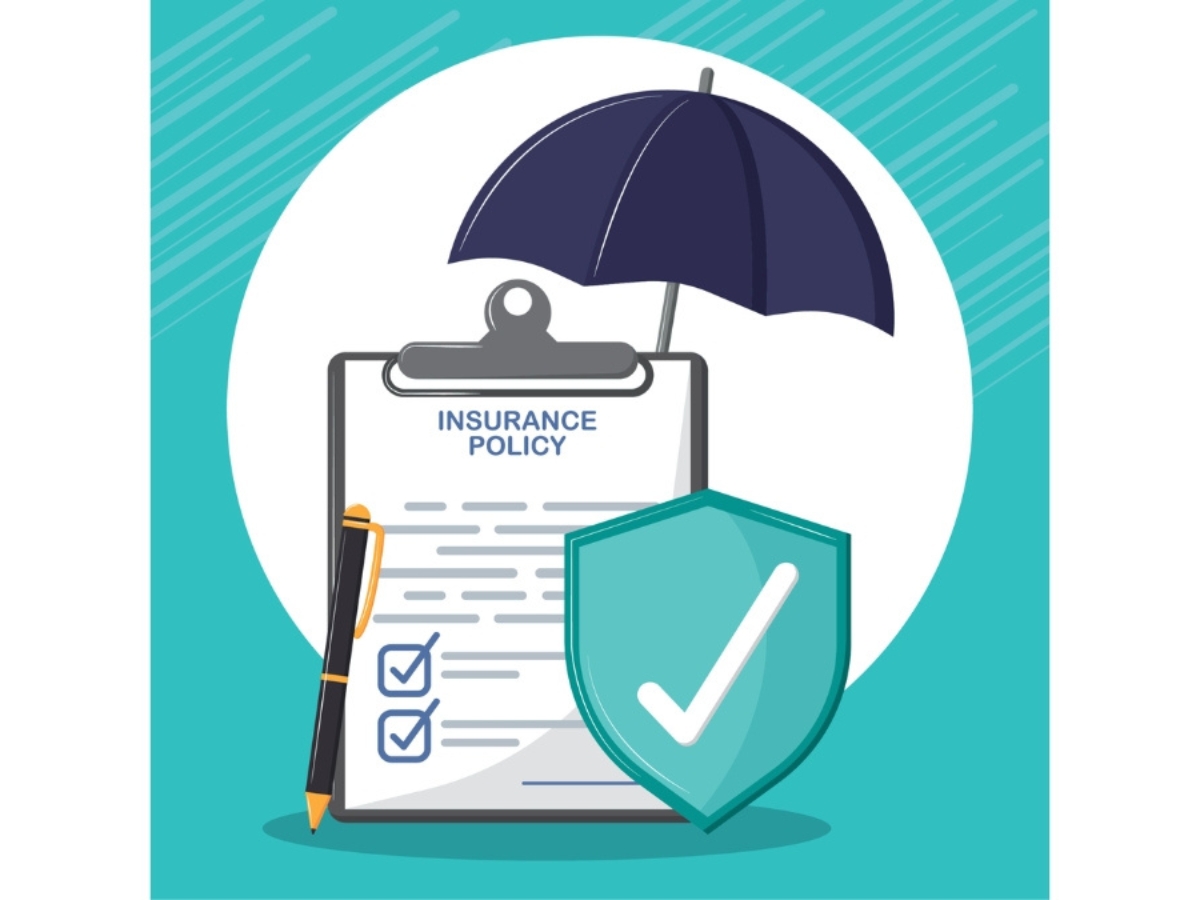
Does adding riders to your policy make life insurance unaffordable?
May 28, 2025
PNN
New Delhi [India], May 28: Adding riders to a life insurance policy often feels like the responsible thing to do. After all, they enhance the policy by offering added coverage against health issues, accidents or even income loss. But there's a valid concern many policyholders face -- does the cost of adding riders make life insurance exorbitant in the long run?
The answer depends on how these riders are evaluated not just by their price but by the value they add to your overall financial plan. Let's break this down for better clarity.
Understanding the cost impact of riders
While base life insurance premiums are calculated based on factors like age, income, health and coverage amount, riders add to the cost based on the risk they carry. Typically, a rider may increase your premium depending on the type and coverage chosen.
For instance, a critical illness rider or accidental death rider can push the premium higher especially for individuals in higher risk categories.
However, the additional cost of riders is usually proportionate to the benefit they offer and not arbitrary. This means that in most cases, riders don't make the base policy unaffordable but they do require clarity on whether they are essential to your situation.
When are riders worth the additional cost?
A rider truly proves its worth when it covers a risk that your main insurance policy doesn't handle. This is especially important when the financial impact of that risk would be too heavy to manage with your savings or regular income.
Take a critical illness rider, for instance. The additional cost might feel avoidable at first. But in the event of a diagnosis, the rider provides a lump sum that can reduce pressure on your emergency corpus or long term investments. Without the rider, a policyholder might have to use up their retirement savings or take on debt to cover treatment costs. These financial setbacks can be tough to recover from in the long run.
Similarly, a waiver of premium rider can feel unnecessary in good health but becomes essential if an accident or illness affects the ability to earn. It ensures that your life cover continues without disruption while offering continuity when it's needed most.
That said not every rider is essential for every policyholder. The relevance depends on factors such as:
-Your life stage: A young professional may not need every form of coverage immediately.
- Existing protection: If you're already covered under employer health or disability plans then overlapping riders may not add much.
- Dependents and obligations: The more financial responsibilities you carry, the more important it is to shield them from gaps in coverage.
Ultimately, it's not about maximising coverage but choosing riders that strengthen the policy without straining your overall financial structure. When selected thoughtfully, they become less of an expense and more of a safeguard.
How to add riders without stretching your budget
Here are a few ways to maintain that balance:
- Prioritise your needs
Rather than picking up available riders, assess what's truly necessary. If your employer offers group health or accident coverage, you might not need a duplicate rider. This keeps premiums lean.
- Avoid over-insuring in early years
You might not need every rider at the start of your career. For instance, riders with higher premiums can be delayed until income levels rise while maintaining core coverage early on.
- Review riders annually
Life evolves and so does your risks. A rider that felt essential five years ago might not hold the same relevance today. Adjust or remove them during policy anniversaries to keep premiums optimised.
Adding riders doesn't automatically make life insurance expensive. They should help support your goals and not compete with them. When used wisely, riders can offer targeted protection that helps avoid future financial stress. This, in turn safeguards your investments and long-term savings for a retirement plan. The key lies in making space for them within your larger financial plan. As with most things in personal finance, it comes down to clarity, timing and choosing what truly fits.
(ADVERTORIAL DISCLAIMER: The above press release has been provided by PNN. ANI will not be responsible in any way for the content of the same)









